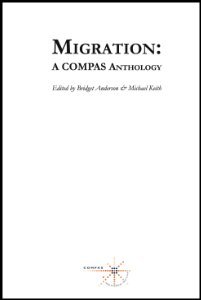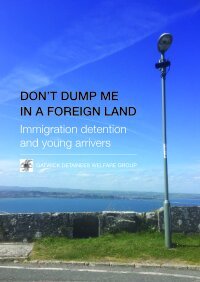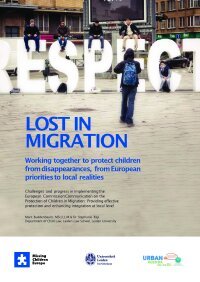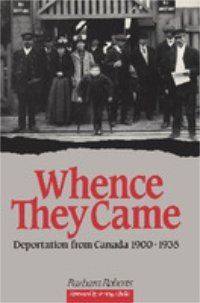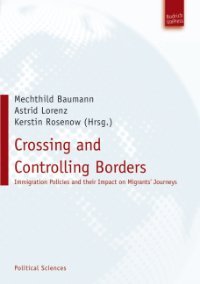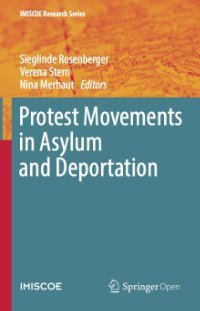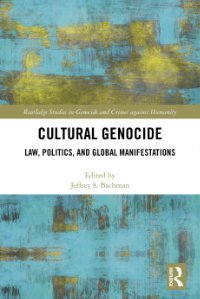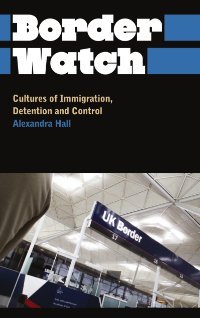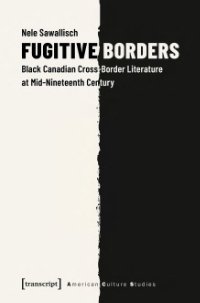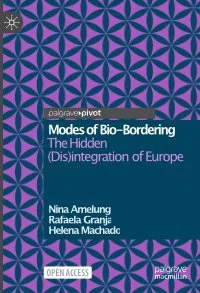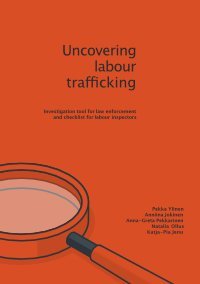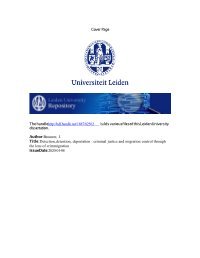Edited by Bridget Anderson and Michael Keith.
Migration: The COMPAS Anthology is a unique compendium of short articles, poems and images on the multiple interlinked practices, policies, responses and experiences that make up the phenomenon ‘migration’. This anthology is designed both as a teaching and research resource and as a provocation, posing questions and sharing insights on migration and linking it to wider patterns of social change.
Oxford, UK: ESRC Centre on Migration, Policy and Society (COMPAS), 2014, 233p.


